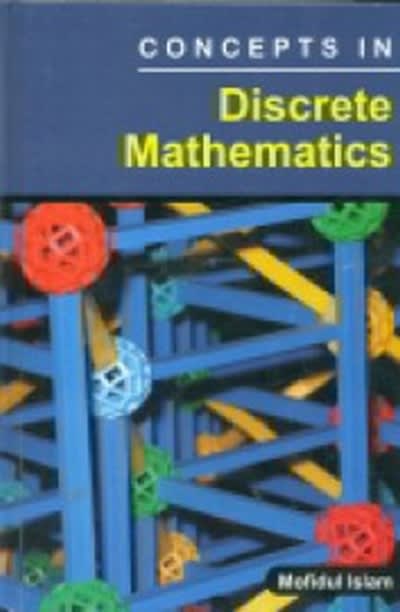I ALSO NEED HELP ANSWERING QUESTION D! IT IS NOT PICTURED! QUESTION D IS BELOW AS FOLLOWS:
d. Common significance levels are 0.01 and 0.05. Why would it be unwise to use a significance level with a number like?0.0483?
A.
Choosing a more specific significance level will make it more difficult to reject the null hypothesis.
B.
Significance levels must always end in a 1 or a 5.
C.
Choosing this specific of a significance level could give the impression that the significance level was chosen specifically to reach a desired conclusion.
D.
A significance level with more than 2 decimal places has no meaning.
(TY FOR THE HELP)
In a certain survey, 518 people chose to respond to this question: "Should passwords be replaced with biometric security (ngerprints, etc)?" Among the respondents, 54% said "yes." We want to test the claim that more than half of the population believes that passwords should be replaced with biometric security. Complete parts (a) through (d) below. a. Are any of the three requirements violated? Can a test about a population proportion using the normal approximation method be used? 0 A. The sample observations are not a random sample. so a test about a population proportion using the normal approximating method cannot be used. 0 B. One of the conditions for a binomial distribution are not satised, so a test about a population proportion using the normal approximating method cannot be used. O C. The conditions ripe 5 and no 2 5 are not satised, so a test about a population proportion using the normal approximation method cannot be used. 0 D. All of the conditions for testing a claim about a population proportion using the normal approximation method are satised, so the method can be used. h. It was stated that we can easily remember how to interpret P-values with this: "If the P is low, the null must go." What does this mean? O A. This statement means that if the P-value is very low, the alternative hypothesis should be rejected. O B. This statement means that if the P-value is not very low, the null hypothesis should be rejected. 0 C. This statement means that if the P-value is very low, the null hypothesis should be rejected. 0 D. This statement means that if the P-value is very low, the null hypothesis should be accepted. 0. Another memory trick commonly used is this: "If the P is high, the null will y.\" Given that a hypothesis test never results in a conclusion of proving or supporting a null hypothesis, how is this memory trick misleading? O A. This statement seems to suggest that with a high P-value, the alternative hypothesis has been proven or is supported. but this conclusion cannot be made. 0 B. This statement seems to suggest that with a high P-value, the alternative hypothesis has been rejected. but this conclusion cannot be made. 0 C. This statement seems to suggest that with a low P-value, the null hypothesis has been proven or is supported, but this conclusion cannot be made. O D. This statement seems to suggest that with a high P-value, the null hypothesis has been proven or is supported, but this conclusion cannot be made. d. Common signicance levels are 0.01 and 0.05. Why would it be unwise to use a signicance level with a number like 0.0483? 0 A. Choosing a more specic signicance level will make it more difcult to reject the null hypothesis. Click to select your answer. Save for Later 4 y







